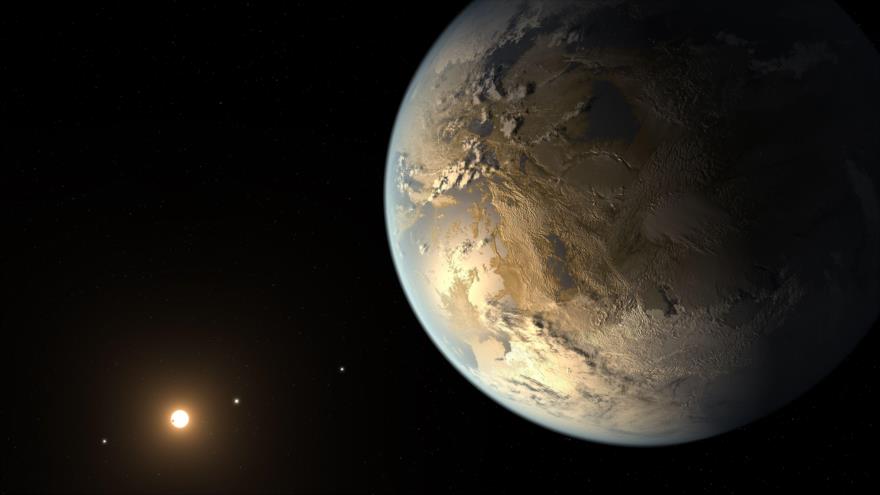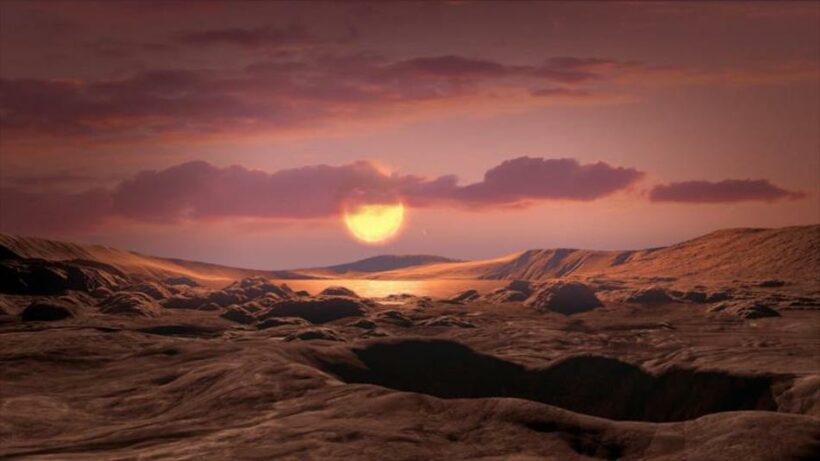Astronomers discover a rocky exoplanet about the mass of Earth, suitable for searching for signs of life.
A group of astronomers, led by Diana Kossakowski of the Max Planck Institute for Astronomy in Germany, in a paper published in the journal Astronomy & Astrophysics, describe a planet orbiting its host star, the red dwarf Wolf 1069, within the habitable zone, which is the region around the star where liquid water can exist on the planet’s surface.
The planet, called Wolf 1069b, is most likely a rocky planet and has an atmosphere, making it one of the few promising targets to search for biological signs and conditions favourable for life.
Finding low-mass planets is a major challenge – astronomers have discovered more than 5000 exoplanets to date, yet only 1.5% of them have masses of less than two Earth masses. And only about a dozen of them are in the so-called habitable zone around their star.
 Exoplanet discovered with temperatures similar to those of Earth | HISPANTV
Exoplanet discovered with temperatures similar to those of Earth | HISPANTV
The planet “orbits the star in almost 15.6 days at a distance 15 times smaller than the distance between the Sun and Earth,” Kossakowski explains in a statement. Despite its small distance from its central star, Wolf 1069b receives about 65% of the light and heat that our planet receives from the Sun, making it potentially habitable. In addition, its rotation is synchronous with the rotation of Wolf 1069b, i.e., both always rotate towards the same side, which means that it experiences eternal day in one hemisphere and night in the other.
Exciting’ exoplanet found to have more water than Earth
In addition to liquid water, the average temperature of the planet’s surface is also a factor in determining whether a planet is habitable. According to the scientists’ calculations, if Wolf 1069b is an arid, rocky planet, its surface temperature should be -23°C, but if it were enveloped in a terrestrial atmosphere, the average temperature could reach 13°C, as computer simulations with climate models show. Thus, water would remain liquid over a large part of the planet’s day side.










